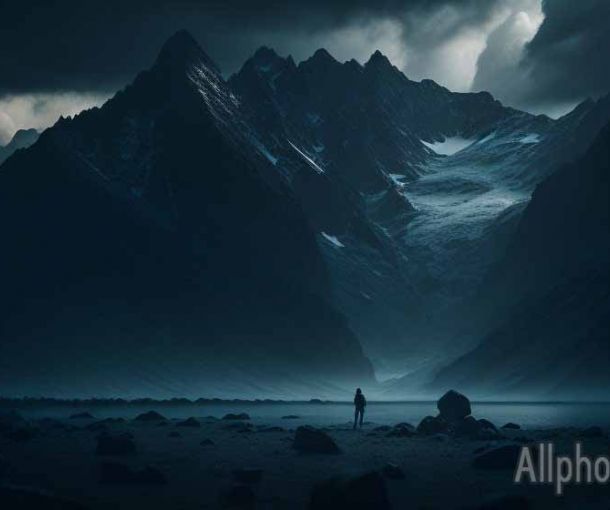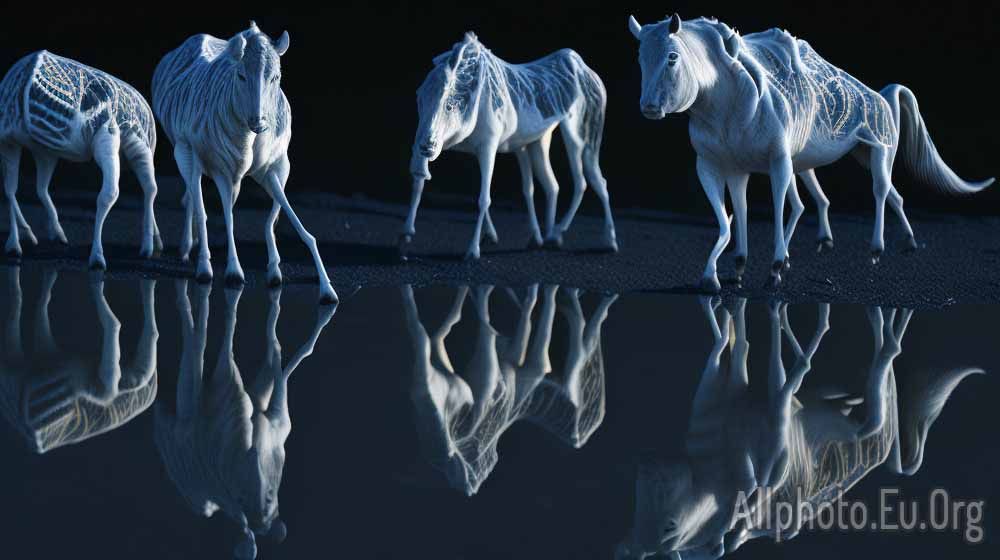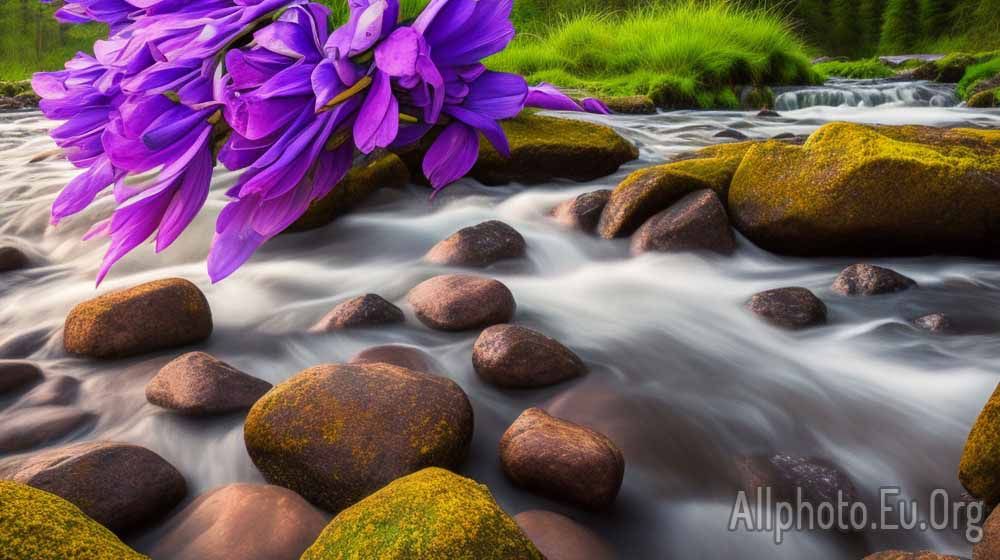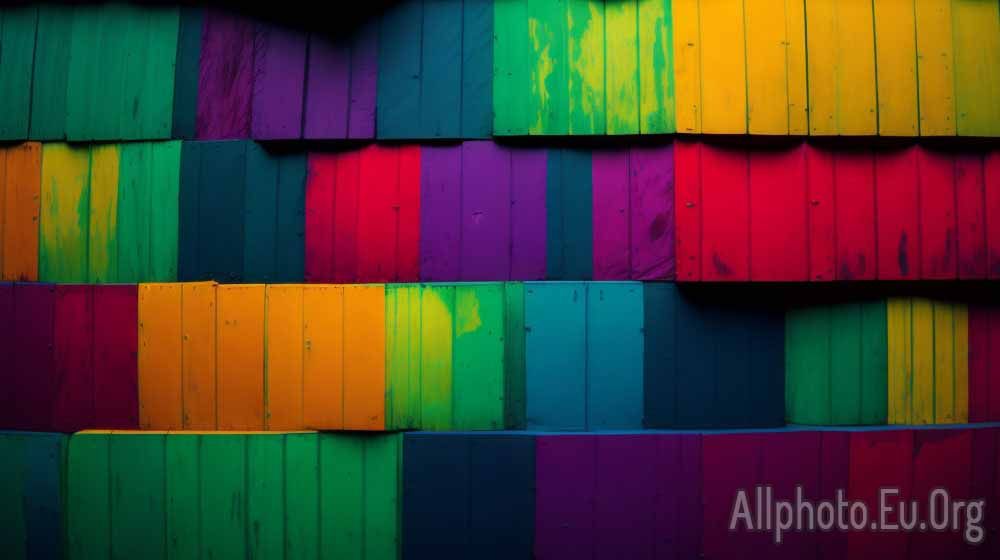The Art of Capturing Texture in Landscape Photography: Creating a Sense of Touch
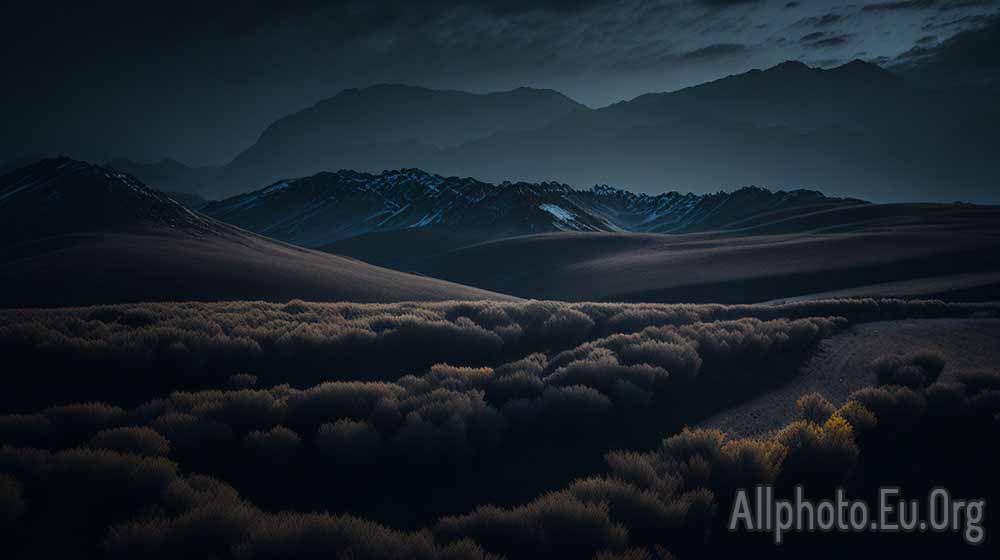
Landscape photography is a beautiful form of art that captures the essence of nature in all its glory. The beauty of landscape photography is that it has the power to transport us to a different time and place, to experience the beauty of nature in a way that we might not have been able to before. One of the key elements that makes landscape photography so powerful is the ability to capture texture in a way that creates a sense of touch. In this article, we will explore the art of capturing texture in landscape photography and how it can help to create a sense of touch in your images.
What is Texture in Landscape Photography?
Texture refers to the surface quality of an object, which can be seen and felt. In landscape photography, texture can refer to the surface of the earth, the bark of trees, the clouds in the sky, and many other elements that make up the natural environment. Texture can add depth and dimension to an image, and it can also help to create a sense of touch, which is an important aspect of capturing the essence of nature.
Tips for Capturing Texture in Landscape Photography
There are a few key tips that can help you to capture texture in your landscape photography:
-
Pay Attention to the Light
Light is one of the most important elements in landscape photography, and it can play a significant role in capturing texture. The direction and quality of the light can create shadows and highlights that can enhance the texture of the subject. For example, when the sun is low in the sky, it can create long shadows that bring out the texture in the landscape.
-
Use a Tripod
Using a tripod can help to stabilize your camera and ensure that your images are sharp and detailed. This is especially important when capturing texture, as you want to make sure that every detail is in focus.
-
Focus on the Details
When capturing texture, it is important to focus on the details. This means getting up close and personal with your subject, and paying attention to the little details that make it unique. This could be the intricate patterns in a leaf, the rough texture of a rock, or the delicate petals of a flower.
-
Experiment with Different Angles
Capturing texture from different angles can help to create a sense of depth and dimension in your images. This could mean getting down low and shooting from a worm's eye view, or getting up high and shooting from a bird's eye view. Experimenting with different angles can help you to find the perfect composition for capturing texture in your landscape photography.
-
Use the Right Settings
Using the right camera settings can help you to capture texture in your images. This includes using a smaller aperture to increase the depth of field, which will keep more of the image in focus. It also means using a faster shutter speed to capture sharp, detailed images.
Creating a Sense of Touch in Landscape Photography
Capturing texture is just the first step in creating a sense of touch in your landscape photography. Once you have captured the texture in your images, there are a few other things that you can do to enhance the feeling of touch:
-
Use Color to Enhance Texture
Color can play an important role in enhancing texture in your images. For example, using warm colors like red, orange, and yellow can make rough textures like rocks and bark feel warmer and more inviting.
-
Use Contrast to Enhance Texture
Contrast can also help to enhance texture in your images. This means creating a contrast between the texture and the surrounding elements in the image. For example, a rough, textured rock against a smooth, calm lake can create a sense of contrast that enhances the texture of the rock.
-
Use Post-Processing to Enhance Texture
Post-processing can also be used to enhance the texture in your images. This could include increasing the contrast or clarity of the image, or adding a texture overlay to create a more tactile feel.
Conclusion
Capturing texture in landscape photography is an art form that requires patience, attention to detail, and a keen eye for composition. By paying attention to the light, focusing on the details, experimenting with different angles, and using the right camera settings, you can capture texture in a way that creates a sense of touch in your images. By using color, contrast, and post-processing techniques, you can enhance the feeling of touch even further. With these tips, you can create stunning landscape photographs that not only capture the beauty of nature but also transport the viewer to a different time and place, creating a sense of touch that is both powerful and evocative.
In conclusion, capturing texture in landscape photography is an art that requires a keen eye and a good understanding of photography techniques. With the right approach, you can create images that not only capture the beauty of nature but also evoke a sense of touch that transports the viewer to the location. Remember to pay attention to the light, focus on the details, experiment with different angles, and use the right camera settings. Additionally, using color, contrast, and post-processing techniques can further enhance the tactile feel of your images. So, get out there and start capturing the textures of nature!
Tags
Latest Articles
Most Read
All Tags
Subscribe
Donate
Please consider supporting our efforts.
© 2023 All-Photo.Cf All rights reserved.




